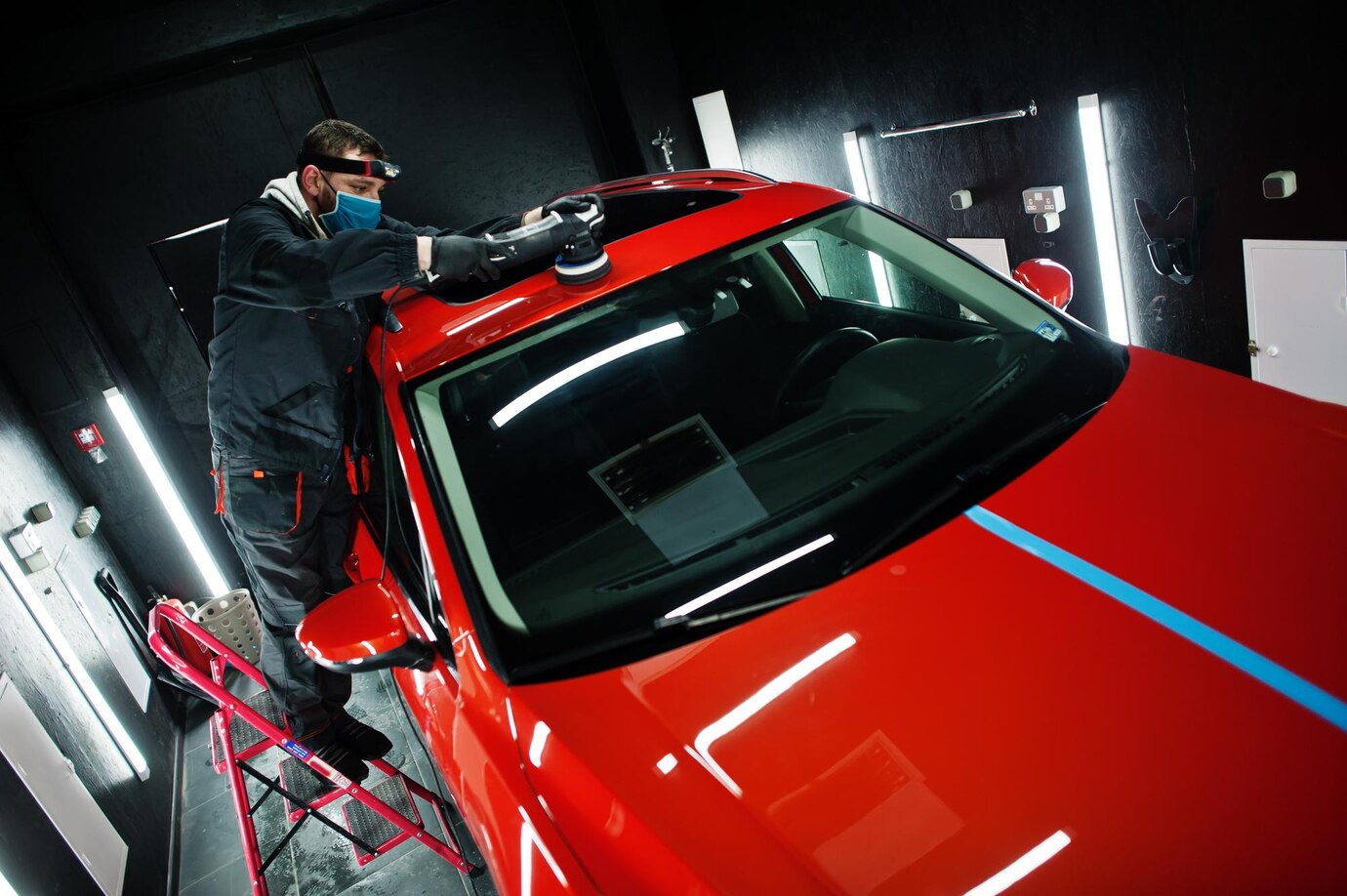
Investing in PPF Car Protection is one of the best ways to preserve your car’s exterior and keep it looking brand new. Car Protection Film shields your vehicle against scratches, rock chips, road debris, and UV rays, ensuring long-term durability. To get the most out of your PPF Car Protection, proper maintenance is essential. In this comprehensive guide, we will walk you through the steps required to maintain your Car Protection Film for maximum longevity while ensuring its effectiveness remains intact.
Why Maintenance is Crucial for Your PPF Car Protection
Proper care of PPF Car Protection ensures:
- Prolonged lifespan of the film.
- Maintained clarity and gloss.
- Prevention of dirt, grime, and contamination buildup.
- Preservation of the self-healing properties of the film.
- Better resistance against yellowing or peeling.
By following these maintenance steps, your Car Protection Film will continue to provide optimal protection for years.
Step 1: The First 48 Hours After PPF Installation
After installing PPF Car Protection, the curing process begins. During the first 48 hours, avoid:
- Washing the car – Allow the film to fully adhere to the surface.
- Using high-pressure water jets – This can cause lifting at the edges.
- Touching the edges of the film – Prevents accidental peeling.
- Parking under direct sunlight for long hours – Extreme heat may interfere with the curing process.
Best Practices:
- Keep the vehicle in a shaded or enclosed area.
- Avoid exposure to extreme weather conditions.
- If necessary, wipe off dust gently with a microfiber cloth.
Step 2: Regular Washing Routine
Washing your vehicle properly is key to maintaining the effectiveness of PPF Car Protection. Improper washing techniques can damage the film and reduce its longevity.
How Often Should You Wash Your Car?
- Wash at least once every two weeks to prevent dirt accumulation.
- If exposed to mud, bird droppings, or tree sap, clean it immediately.
Safe Washing Techniques:
- Use a pH-neutral car shampoo – Avoid acidic or harsh chemicals.
- Always wash in a shaded area – Prevents water spots from forming.
- Use a microfiber wash mitt – Reduces the risk of scratching the film.
- Follow the two-bucket method:
- One bucket for soapy water.
- One for rinsing the mitt.
- Rinse thoroughly with clean water – Ensures no residue is left.
- Dry using a microfiber towel or air blower – Prevents water spots.
Step 3: Applying Nano Ceramic Coating for Added Protection
A Nano Ceramic Coating can be applied on top of your Car Protection Film to enhance its durability and resistance.
Benefits of Nano Ceramic Coating:
- Adds an extra hydrophobic layer, making cleaning easier.
- Enhances gloss and clarity.
- Improves UV resistance, preventing yellowing.
- Increases resistance against contaminants like oil, dirt, and water stains.
How to Apply Nano Ceramic Coating Over PPF
- Ensure the PPF Car Protection is clean and dry.
- Apply the Nano Ceramic Coating evenly using an applicator pad.
- Allow it to cure for the recommended time (usually 24 hours).
- Maintain by washing with pH-neutral products.
Step 4: Avoiding Common Mistakes That Damage PPF
To maximize the lifespan of your Car Protection Film, avoid these common mistakes:
Don’ts:
- No automatic car washes – The harsh bristles can cause scratches and lift edges.
- No harsh chemicals or abrasive cleaners – Use only PPF-safe products.
- No wax containing petroleum distillates – Can degrade the adhesive.
- No pressure washing near edges – May cause peeling or lifting.
Do’s:
- Use PPF-friendly quick detailers to maintain shine.
- Always wash using the two-bucket method.
- Inspect the film regularly for any signs of damage or lifting.
Step 5: Maintaining the Self-Healing Properties of PPF
Many high-quality PPF Car Protection films have self-healing capabilities, which allow minor scratches and swirl marks to disappear with heat.
How to Activate Self-Healing:
- Expose to sunlight – The heat from the sun naturally heals minor scratches.
- Use warm water – Pouring warm water over scratched areas can speed up the healing process.
- Apply a heat gun or hairdryer – Gently heat the affected area until the marks vanish.
Step 6: Long-Term Maintenance and Inspection
To ensure your Car Protection Film remains effective, regular inspections and maintenance are crucial.
Monthly Inspection Checklist:
- Look for any lifting or peeling at the edges.
- Check for discoloration or yellowing.
- Ensure there are no deep scratches or chips affecting the film.
- If any issues arise, consult a professional for repairs.
Step 7: Professional Maintenance and Repairs
While DIY maintenance is essential, professional detailing can further extend the life of your PPF Car Protection.
When to Seek Professional Help:
- If edges start lifting – A professional can reapply the film.
- For deep stains or scratches – Experts can buff out imperfections.
- When the film looks worn out – Replacing the film may be necessary after several years.
Conclusion
Maintaining your PPF Car Protection requires proper washing, careful handling, and occasional professional upkeep. By following these steps, you can ensure that your Car Protection Film remains in optimal condition for years, preserving the beauty and integrity of your car’s exterior.
Adding a Nano Ceramic Coating on top of the Car Protection Film can provide enhanced durability and easier maintenance. Avoiding harsh chemicals, using proper washing techniques, and activating the self-healing properties of the film will help keep your vehicle looking flawless.
By investing time in regular maintenance, you maximize the longevity of your PPF Car Protection, ensuring your car continues to shine and stay protected for years to come!